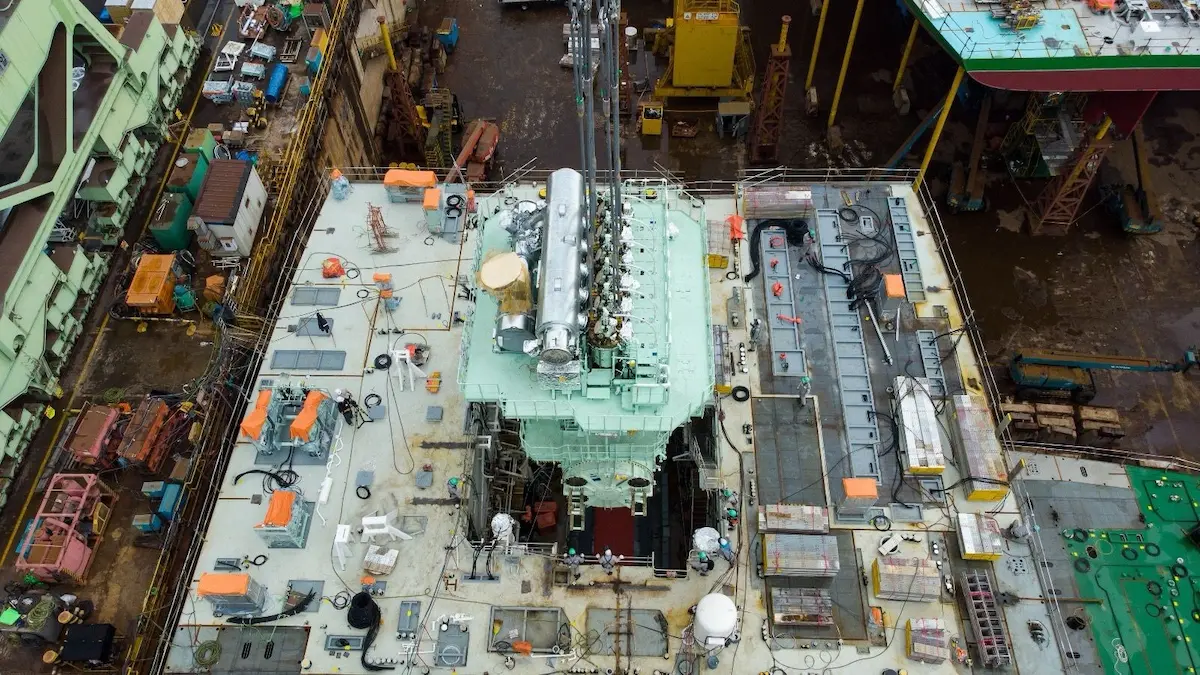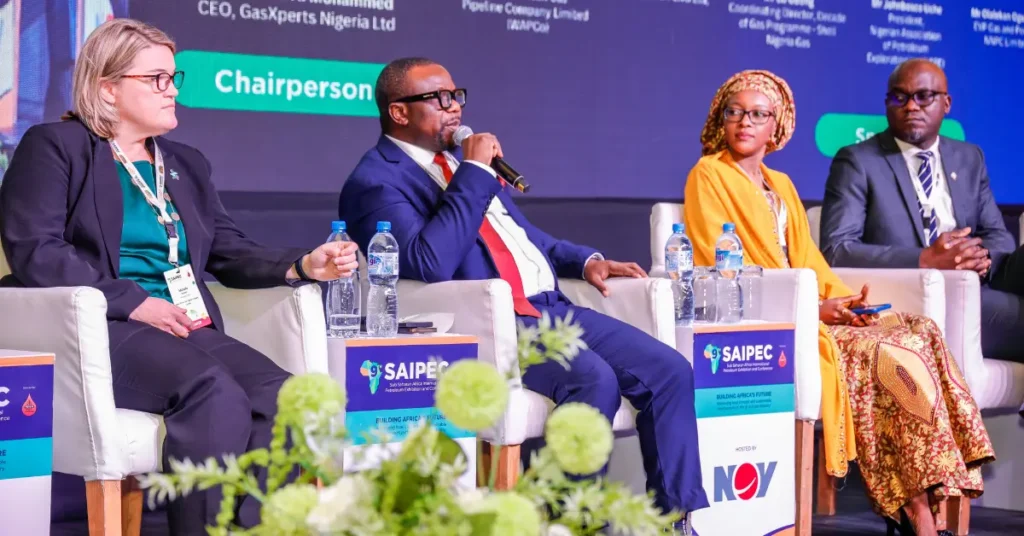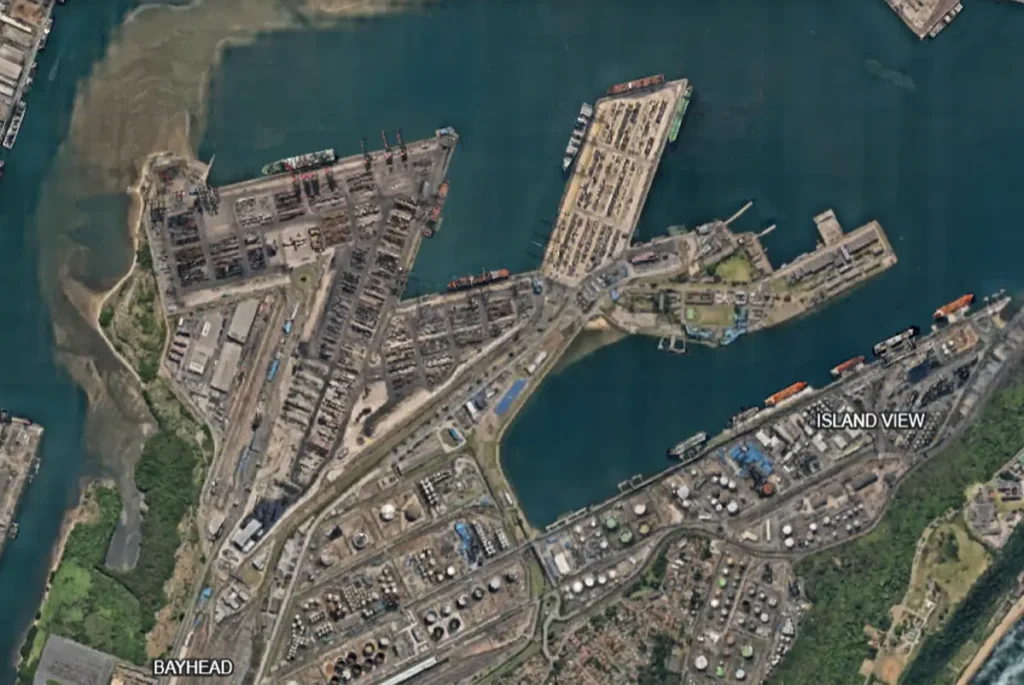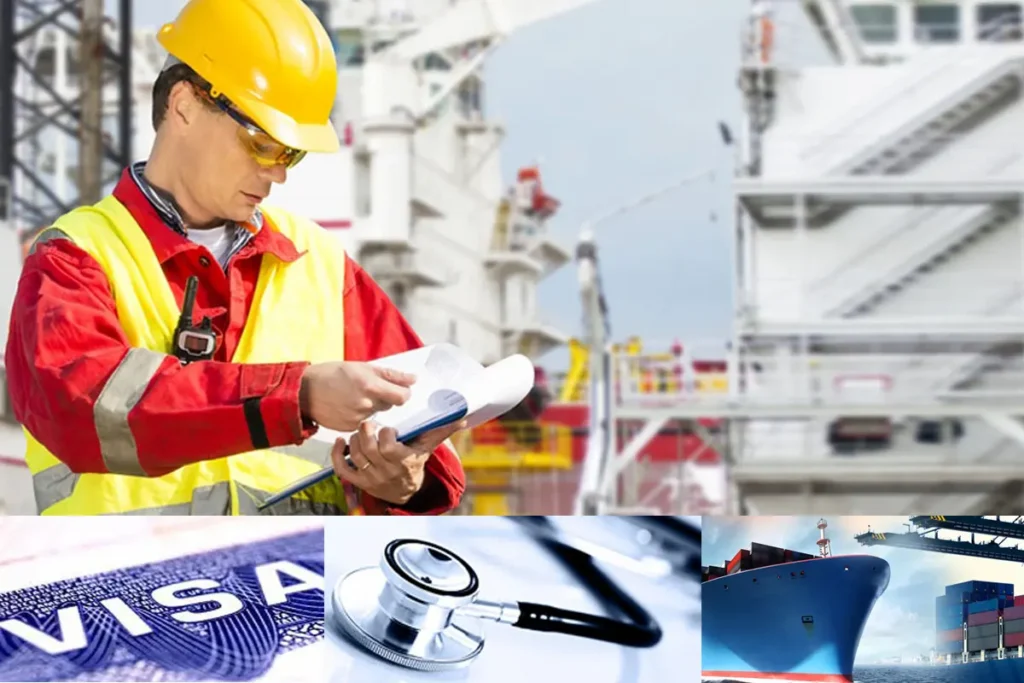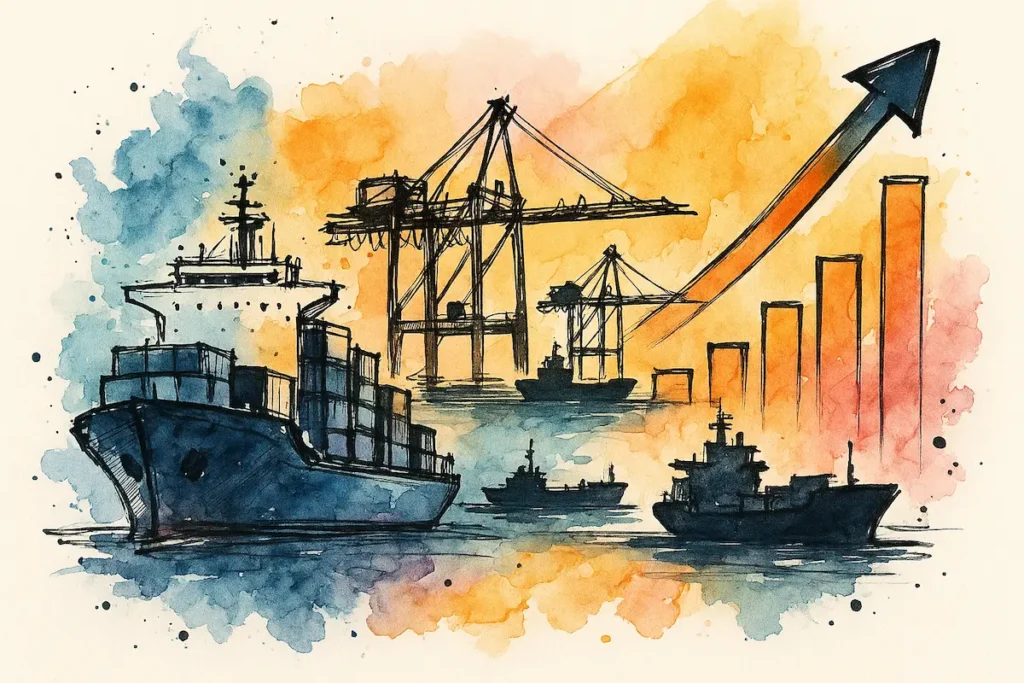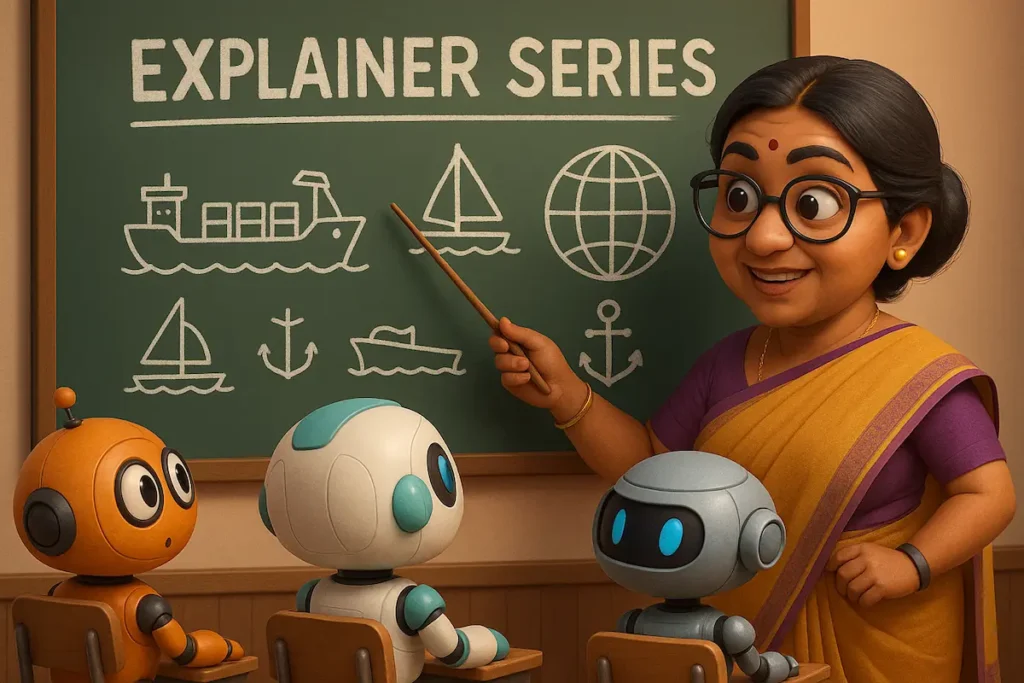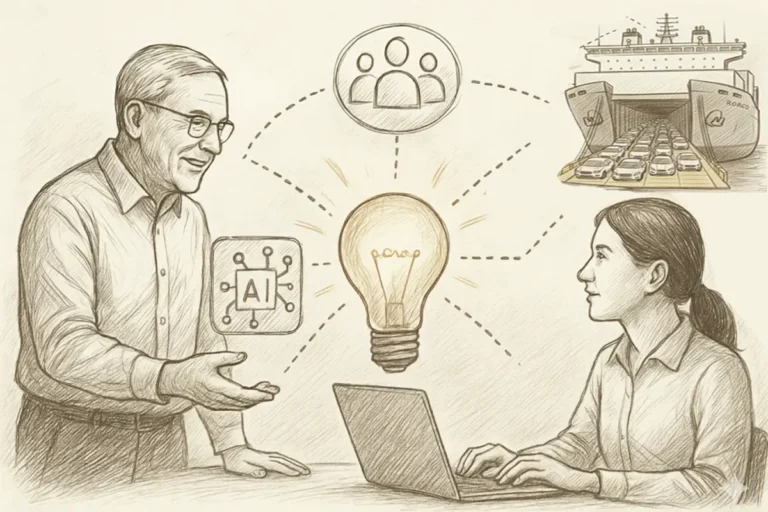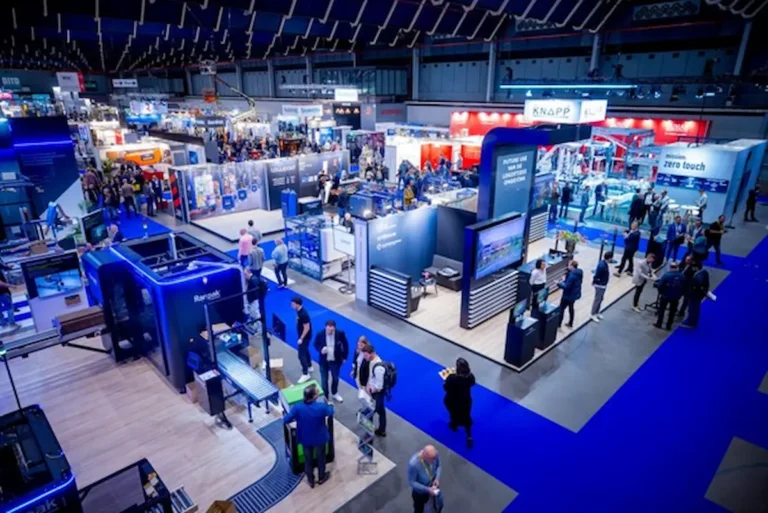In a breakthrough moment for sustainable shipping, Swiss marine power specialist WinGD has successfully delivered and installed the first ammonia-fuelled two-stroke marine engine, marking a significant leap toward a low-carbon maritime future.
The engine, a 52-bore X52DF-A, is now on board a 46,000m³ LPG/ammonia carrier under construction for EXMAR at HD Hyundai Mipo Dockyard in South Korea.
This vessel is not just another ship, it is the world’s first ammonia-fuelled gas carrier to enter commercial service, and the X52DF-A is among the first in a new generation of zero-carbon engines to take to the seas.
First mover in ammonia propulsion
WinGD’s latest development makes it the first engine designer to bring an ammonia-powered two-stroke engine to market.
Manufactured by HD Hyundai Heavy Industries’ Engine & Machinery Division (HHI-EMD), the engine was rigorously tested and fine-tuned to match the performance of conventional diesel engines, demonstrating low emissions, excellent load handling, and high fuel efficiency.
What sets this engine apart is its high-pressure ammonia injection system, enhanced with a precise pilot fuel dose of only 5% at full load. This hybrid setup enables it to switch seamlessly between ammonia and diesel modes without compromising on efficiency or reliability.
Words from WinGD’s R&D Leadership
“With such convincing results, it is clear that ammonia fuel has a vital role to play in the decarbonisation of our industry,” said Sebastian Hensel, Vice President of R&D at WinGD.
“Working with trail-blazer partners like EXMAR has been essential in bringing this technology to market. We’re proud to be at the forefront of the clean-energy transition, delivering the innovative propulsion solutions the industry needs as it strives for a more sustainable future,” added Hensel.
A stepping stone to maritime decarbonisation
The successful installation and launch of the X52DF-A engine is not just an engineering milestone, it is a validation of ammonia as a viable marine fuel.
When derived from renewable sources, ammonia can reduce greenhouse gas emissions by up to 90% compared to conventional fuels, making it one of the most promising zero-carbon options for ocean shipping.
Already, WinGD’s innovation is gaining traction, with an early orderbook of around 30 engines for various vessel types, including gas carriers, bulkers, and container ships. The second engine in the 52-bore series is expected to be delivered later this year, further advancing the rollout of this next-generation propulsion system..
Collaboration at the core
WinGD credits the tight cooperation between engine builders and shipowners, particularly with EXMAR and HHI-EMD, as crucial to making ammonia-fuelled shipping a reality. This partnership model has ensured the new engine meets not only technical and performance standards but also safety, reliability, and commercial viability..
As regulatory frameworks evolve and decarbonisation goals tighten globally, WinGD’s ammonia engine platform offers a real, ready solution for shipowners seeking to future-proof their fleets..
About WinGD
Headquartered in Winterthur, Switzerland, WinGD (Winterthur Gas & Diesel Ltd.) has been at the forefront of marine power innovation since its roots as Sulzer Diesel in 1893.
Today, the company leads the charge in maritime decarbonisation through cutting-edge technologies in emissions reduction, fuel efficiency, hybrid systems, and digital optimisation.
Through its Global Service by WinGD, the company provides round-the-clock lifecycle support, backed by Swiss engineering excellence and a global service network.

